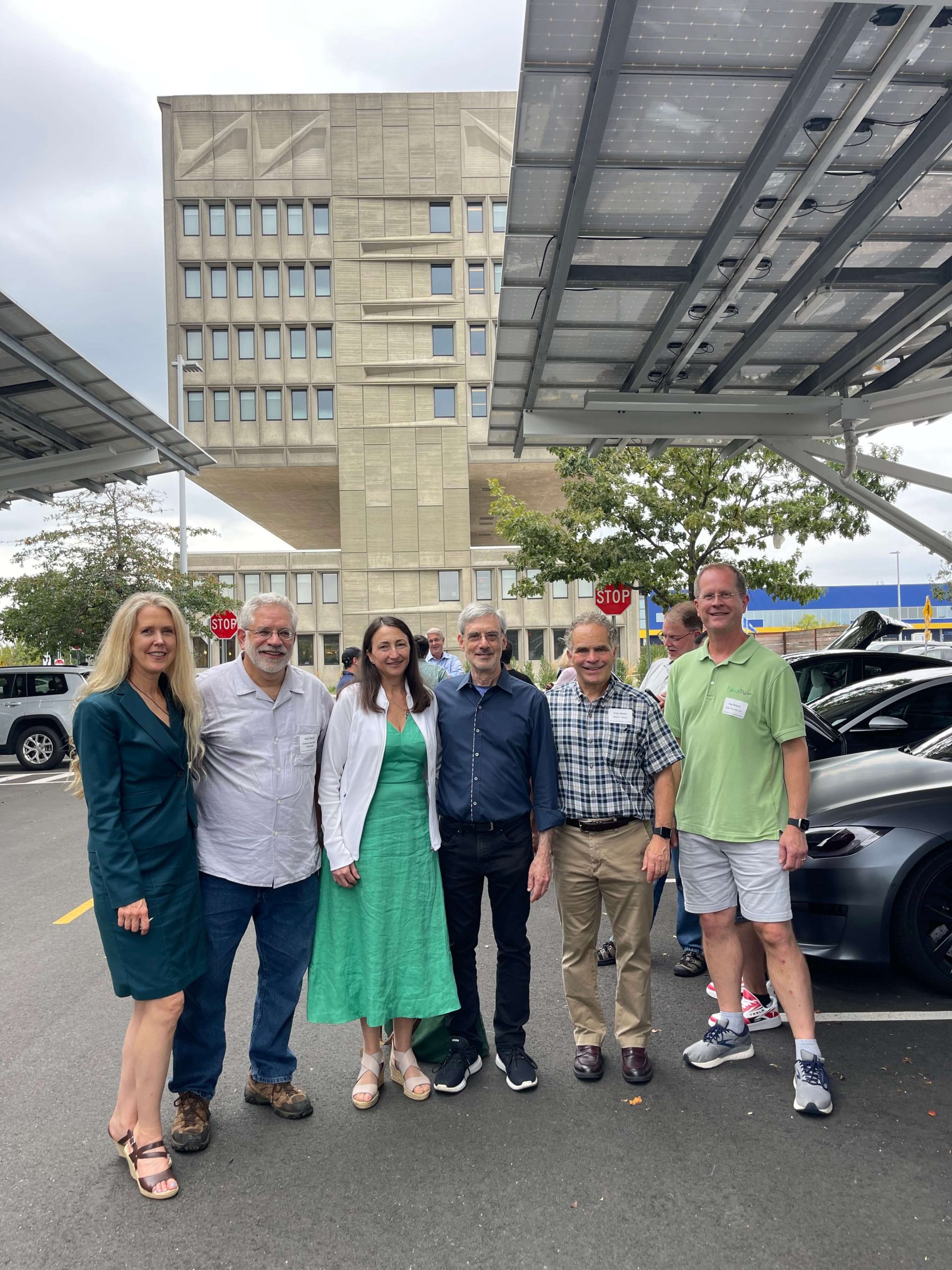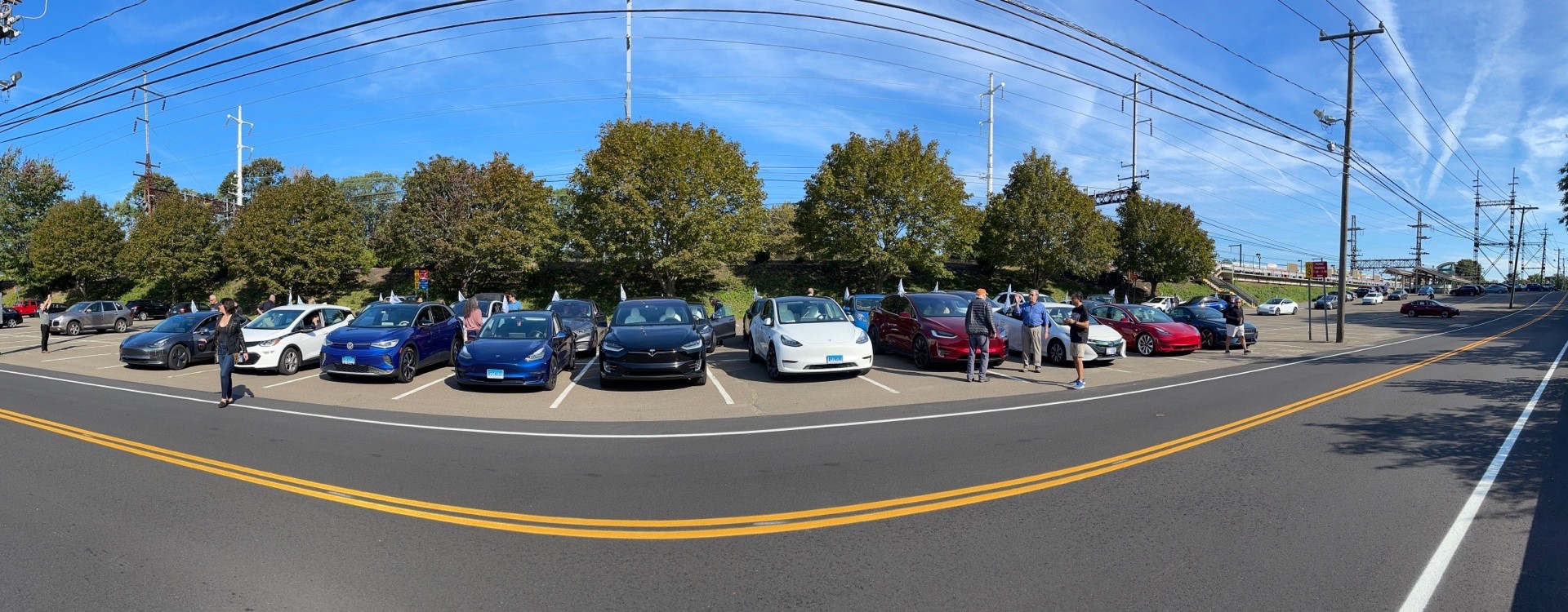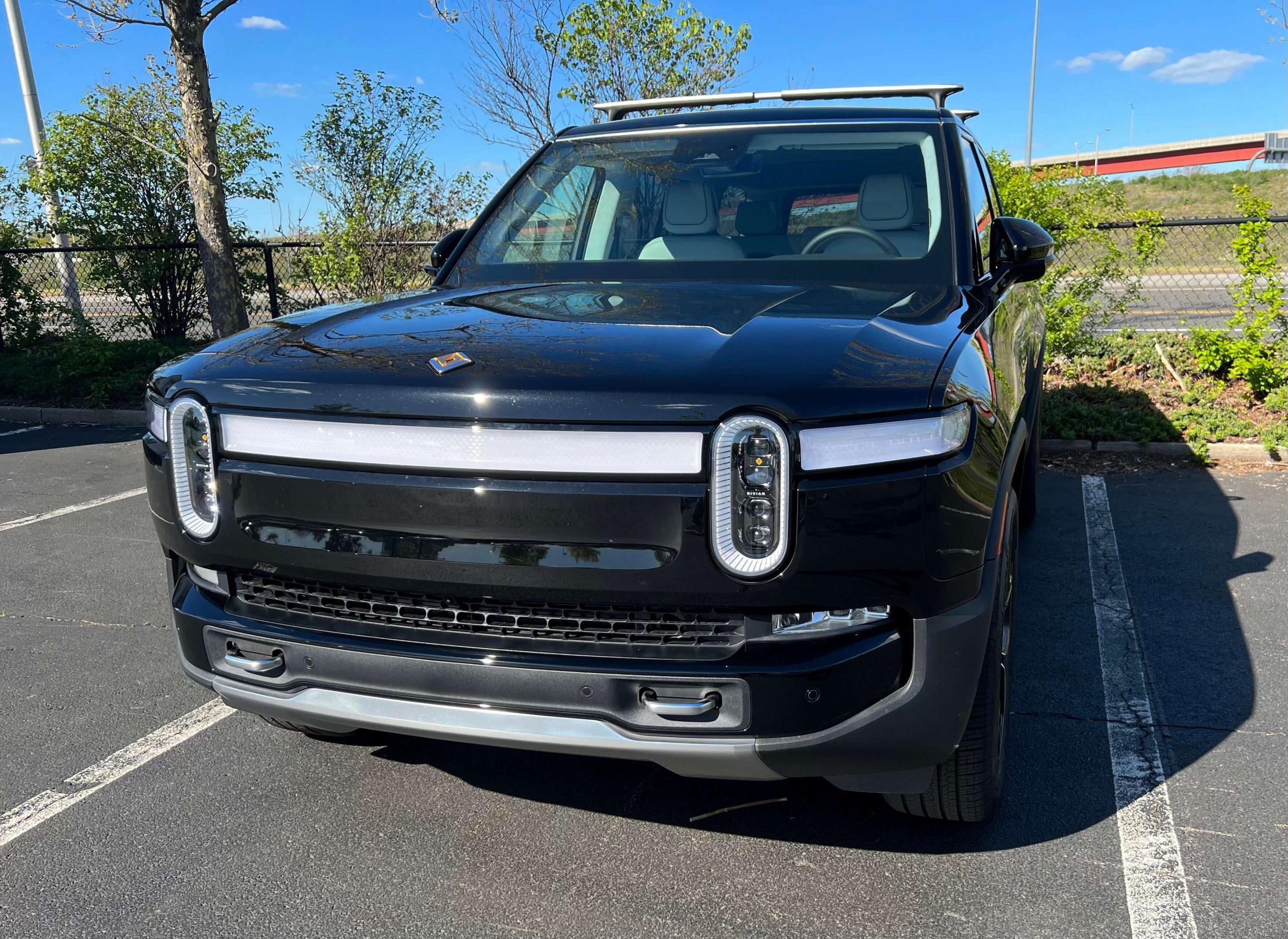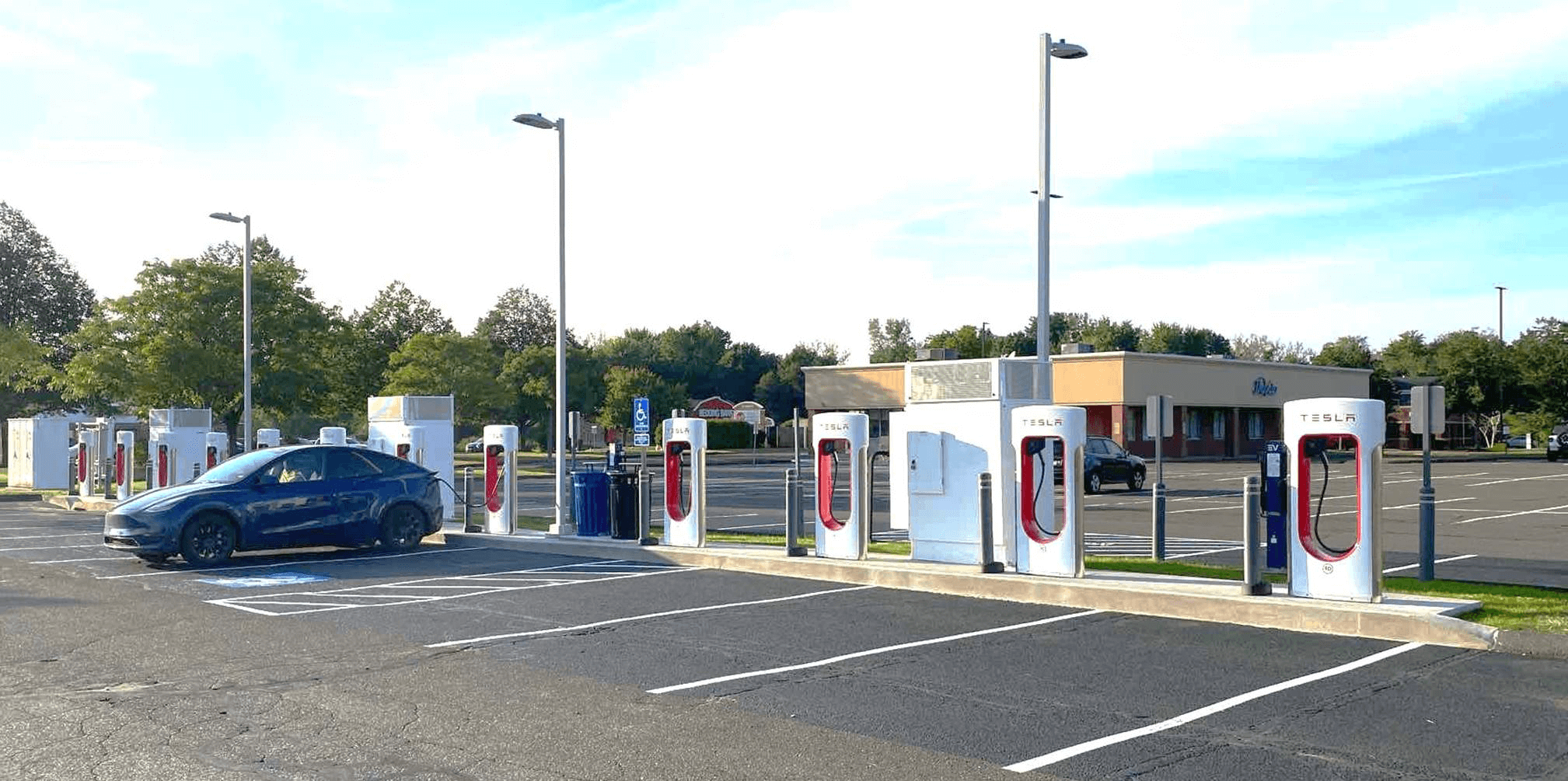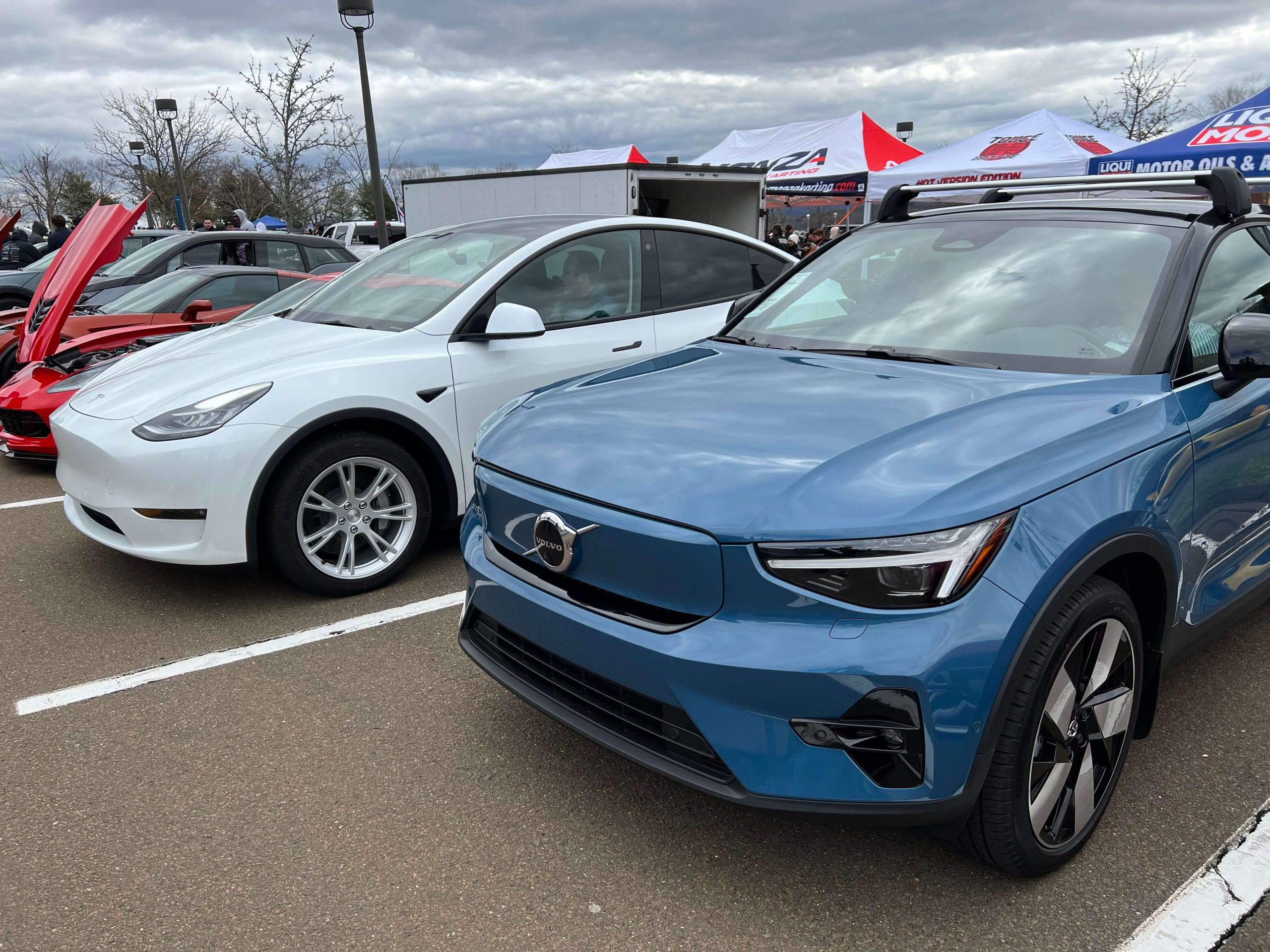New Policies for Westport EV Chargers
Photo of Baldwin Parking Lot in downtown Westport No More Free Juice It shouldn’t come as a surprise. It was not expected that taxpayers would fund free charging forever. Baldwin was the catalyst, but the … Read more


